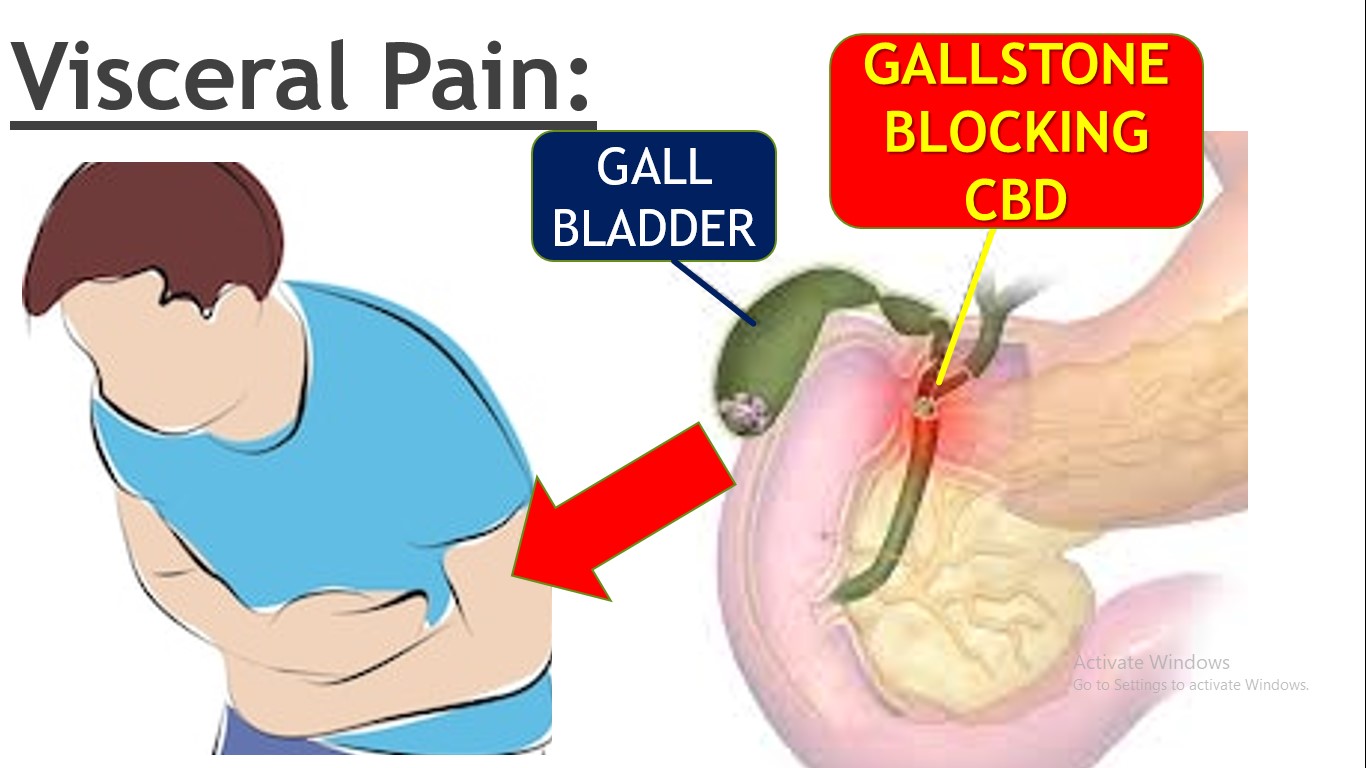
Pain and endogenous analgesic system
Pain is defined as an unpleasant sensory & emotional experience associated with actual or potential damage or described in terms of such damage”. Pain Is a Protective Mechanism. For instance, this statement can be justified when observing patients with diabetic foot who fail to perceive pain when their foot touches a blunt or offending object. Furthermore, the ability to diagnose different diseases depends to a great extent on a physician’s knowledge of the different qualities of pain. The pain receptors in the skin and other tissues are all free nerve endings. The anterolateral pathway for transmitting sensory signals up the spinal cord and into the brain, in contrast to the dorsal column pathway, transmits sensory signals that do not require highly discrete localization of the signal source and do not require discrimination of fine gradations of intensity. These types of signals include pain, heat, cold, crude tactile, tickle, itch, and sexual sensations. Furthermore, neurons in this pathway cross immediately to the opposite side in the spinal cord and excite second-order neurons of the spinothalamic tract.
Brain itself is capable to suppress input of pain signals to the nervous system by activating a pain control system, called an analgesia system. Electrical stimulation either in the periaqueductal gray area or in the raphe magnus nucleus can suppress many strong pain signals entering by way of the dorsal spinal roots. Also, stimulation of areas at still higher levels of the brain that excite the periaqueductal gray area can also suppress pain. Some of these areas are (1) the periventricular nuclei in the hypothalamus, lying adjacent to the third ventricle. Analgesia system of the brain and spinal cord, (1) inhibit incoming pain signals at the cord level and (2) presence of enkephalin-secreting neurons that suppress pain signals in both the cord and the brain stem.
Often a person feels pain in a part of the body that is fairly remote from the tissue causing the pain. This is called referred pain.Knowledge of the different types of referred pain is important in clinical diagnosis because in many visceral ailments the only clinical sign is referred pain. Another important concept is visceral pain. One of the most important differences between surface
pain and visceral pain is that visceral pain is poorly localized. Stimuli that may induce visceral pain include ischemia of visceral tissue, chemical damage to the surfaces of the viscera, spasm of the smooth muscle of a hollow viscus, excess distention of a hollow viscus, and stretching of the connective tissue surrounding or within the viscus. Headaches are a type of pain referred to the surface of the head from deep head structures. Some headaches result from pain stimuli arising inside the cranium, but others result from pain arising outside the cranium, such as from the nasal sinuses.
At the end of the lesson students will be able to learn;
1. Pain : Concept and classification
2. Fast pain vs Slow pain
3. Spinothalamic tract
4. Brown Sequard Syndrome
5. Endogenous Analgesic System and Endorphins
6. Headache and its types
7. Concept: Hyperalgesia



